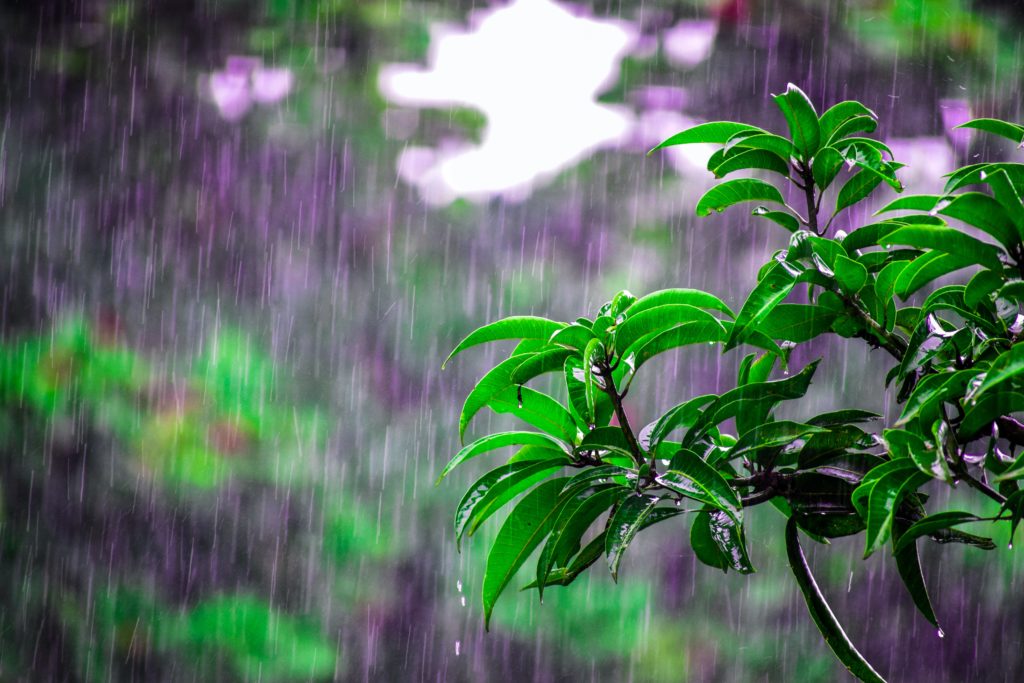The Elements and Agriculture Part 1 – Drought
Drought is a “prolonged period of dry spells that affects the condition and quality of the soil”. Hot temperatures can make it worse. by Marinda Sauerman
The climatological community has defined four types of droughts. Meteorological, Hydrological, Agricultural and Socio-economic.
| D0 | Abnormally Dry | Going into or coming out of drought. Short term dryness slowing planting and growth of crops. Pastures and crops not fully recovered. |
| D1 | Moderate Drought | Some damaged crops. Low water supply. |
| D2 | Severe drought | Crops or pasture losses. Common water shortages developing. Water restrictions. |
| D3 | Extreme drought | Major crop and pasture losses. Widespread water shortages and restrictions. |
| D4 | Exceptional drought | Exceptional crop and pasture losses. Shortages of water creating water emergencies. |
South Africa’s drought history
After 1982, the worst drought in South Africa started in 2015 and lead to KwaZulu Natal, Free State and the Eastern Cape region being declared as “disaster areas” by the Government.
1991/92, 1997/98 and 2001/02 also had below normal rainfall periods.
Drought can be caused by El Nino, human action, poor rainfall, or climate change.
Drought in South Africa has far-reaching consequences
According to Grain SA there are no coping strategies in place to minimise the effects of drought. The devastating implications for agriculture are well known to farmers.
The agricultural sector can still cope if it last for only one season – but if it occurs over consecutive seasons, irrigation would be almost impossible, as the sector uses 60% of the countries water resources. This then leads to a shortage of wheat and maize. Livestock farmers would lose animals. As a result of water shortages, the country would be forced to import more – which in return leads to job losses on farms.
Drought pushes up food prices and the poor often die from hunger. The ripple effect drought has on agriculture is devastating as the sector contributes less to the country’s GDP. Agro processors have limited supply of produce and supplier’s sales drop. This influences the cost of food and puts the countries overall food security at risk.

What can the government do for farmers in times of drought?
- Invest in infrastructure for water storage and access to ground water
- Investment into identifying research and technological advancements
- Establishing grants and insurance funds
- Put programs in place that will educate producers to recycle water
Government assistance is crucial for farmers, and they need to be actively involved and focussed on their financial and strategic planning for this sector.
Impact on Natural Environment
- Drinking water and food shortages for animals
- Destruction of fish and wildlife habitat
- Wildlife disease
- Wildlife migration
- Extinction of endangered species
Impact on Society
Anxiety and depression as the result of economic losses is common when there is a reduction in income. Heatstroke and loss of human life.
Impact on General Environment
Reservoirs, lakes, and ponds run dry while the quality and moisture in the soil decreases. Plant communities die because of the poor quality of the soil.
Lessons learned
Although many economic sectors are affected by drought, we are still a far cry from being prepared for the environmental damage and the personal and financial loss that drought brings about. Instead of learning from the past, it is quite surprising how many developing and developed countries are still vulnerable to drought. It is imperative lessons are learned and more focus is placed on preparedness through prediction and early warning. All stakeholders need to get involved.
Drought’s consequences are far-reaching, impacting water quality, public health, the economy, the natural environment, public infrastructure, and more. Understanding drought’s potential impacts enables drought planners and decision makers to better address those impacts and, ultimately, improve their communities’ preparedness to cope with drought.
